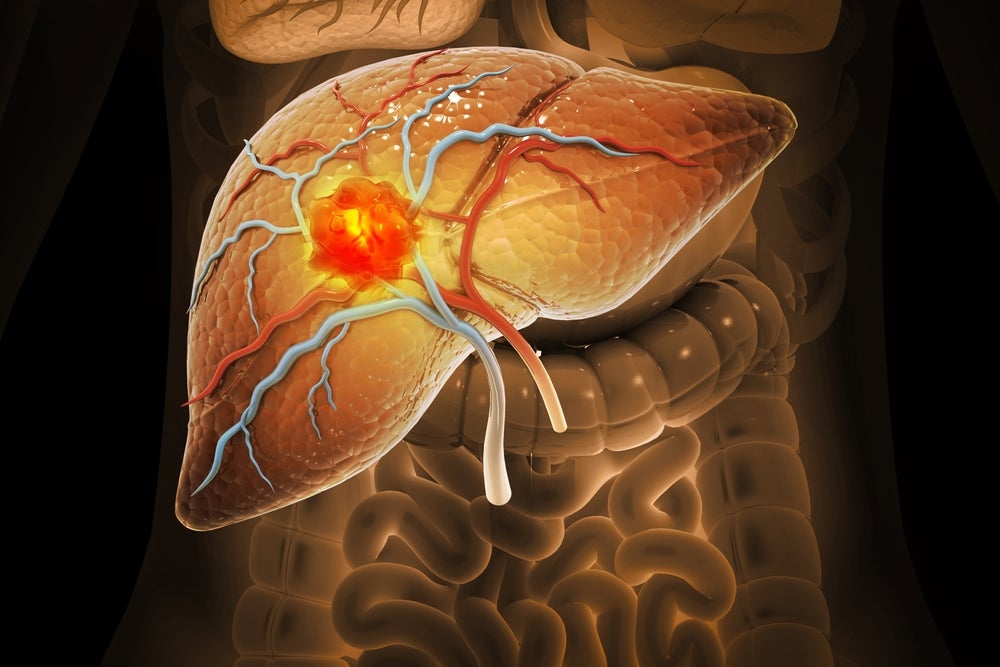The announcement by Madrigal Pharmaceuticals that its flagship asset Rezdiffra (resmetirom) had been approved in the US was a seismic event for the millions of patients suffering from fibrotic non-alcoholic steatohepatitis (NASH) [inflamed liver tissue]. After dozens of pipeline failures, including the FDA’s dramatic rejection of Intercept’s new drug application for obeticholic acid in 2023, an asset was finally able to overcome all the obstacles and make its way to the market.
Though Madrigal has reason to celebrate its monumental achievement, its future is not without challenges. Efficacy results from the pivotal Phase III MAESTRO-NASH trial were somewhat underwhelming, with the Institute for Clinical and Economic Research’s appraisal committee subsequently only very narrowly voting to deem resmetirom as cost-effective. Though Rezdiffra remains the only choice on the table at this time, that could change over the coming years.
The resmetirom approval is likely just the first step in establishing the THR-β agonist drug class as a mainstay of NASH therapy. Other assets in this class, such as Viking’s VK2809 and Aligos’s ALG-055009, have demonstrated promising results and can build on the considerable data available for resmetirom. In time, these assets could position themselves as more refined and improved alternatives to Rezdiffra.
The THR-β agonists notably face competition from Inventiva’s pan-PPAR agonist, lanifibranor, which is currently anticipated to be the next approved asset after Rezdiffra, in 2027. Lanifibranor has so far demonstrated potent efficacy in the Phase IIb NATIVE trial, which suggests it could outperform Rezdiffra. In February 2024, however, Inventiva reported a suspected unexpected serious adverse reaction, which led to the Phase III NATiV3 trial being briefly paused, raising safety questions about the PPAR drug class.
Moreover, incretin-modulating therapies are increasingly emerging as indirect competitors in the NASH space. Drugs such as Lilly’s tirzepatide and Novo Nordisk’s semaglutide have found fame as transformative weight management therapies. The highly comorbid nature of obesity and NASH suggests that many patients with less severe NASH could be treated entirely with these drugs, with ICER even recommending that insurers cover them as “step therapy” before offering NASH-specific drugs such as resmetirom, given resmetirom’s relatively high cost.
See Also:
Rezdiffra should not be written off too early
Though incretin-modulating therapies are held back in NASH by their inability to substantially improve fibrosis, it may well be the case that these drugs are so effective in stopping NASH before it develops into fibrosis that they inadvertently reduce the potential market opportunity for resmetirom in the long run.
How well do you really know your competitors?
Access the most comprehensive Company Profiles on the market, powered by GlobalData. Save hours of research. Gain competitive edge.

Thank you!
Your download email will arrive shortly
Not ready to buy yet? Download a free sample
We are confident about the unique quality of our Company Profiles. However, we want you to make the most beneficial decision for your business, so we offer a free sample that you can download by submitting the below form
By GlobalDataOn the other end of the NASH spectrum, Rezdiffra will likely face competition from FGF21 analogs such as Akero’s efruxifermin and 89bio’s pegozafermin, which showed impressive efficacy in treating fibrosis in Phase IIb trials. Though the invasiveness of these subcutaneously administered assets may limit their market reach in less severe NASH populations, it is expected that they will have greater competitive strength among patients with more severe fibrosis.
But Rezdiffra should not be written off too early. By the time most of its NASH-specific rivals hit the market, it will already have extensive real-world data to support its continued use, as well as significant familiarity among physicians. In addition, the efficacy questions surrounding it could be alleviated through combining it with assets that use complementary mechanisms of action. Just hours after the approval of Rezdiffra, Galmed announced that it had filed a patent for a combination therapy involving Rezdiffra and its own SCD1 inhibitor, Aramchol. It is likely that Galmed will not be the last drug developer to take this approach.
Label expansion has the potential to unlock new markets
Rezdiffra’s approval for fibrotic NASH is just the first real step in a long journey to discover better therapies for the millions of NASH patients across the US. Madrigal is not without options to maximise the opportunity that will present itself over the coming years. The company could succeed in securing a label expansion, allowing Rezdiffra to be used to treat cirrhotic NASH patients and unlock a new market. It could easily dominate this niche early on, with most rivals several years away from approval in this patient population.
Finally, the billions of dollars that Madrigal is set to earn from Rezdiffra will have a transformational impact on the company itself. What was once a small biopharmaceutical company now has an impressive $5.34 billion market cap, which is likely to grow further over the coming years. This could open the door for renewed investment in research and development, potentially allowing Madrigal to expand beyond Rezdiffra and use its know-how to develop an entire portfolio of new assets in metabolic and liver diseases, which could reap rewards for decades to come.










Related Company Profiles
Madrigal Pharmaceuticals Inc
Intercept Pharmaceuticals Inc
Inventiva SA
Viking Therapeutics Inc
Novo Nordisk AS